Musicians should never prioritise intellect over feeling and physicality, wrote Herbert Whone in The Strad's 1982 issue
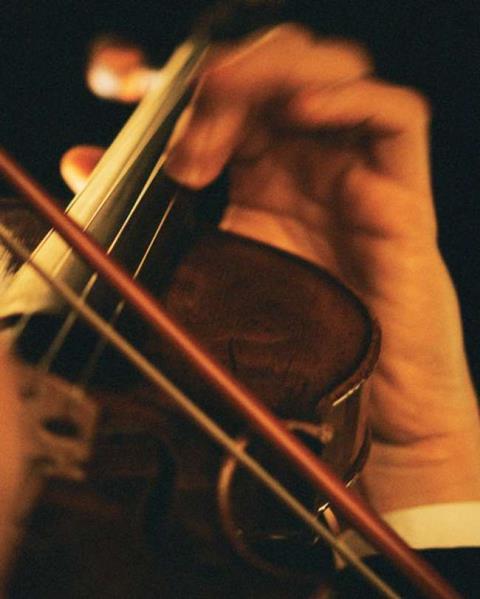
Despite much broadening of opinion, there are still strange ideas current about what it takes to be a violinist. Naturally, in days of scientific precision and the cult of hi-fi canned music, technical perfection could be expected to be at the top of the list. And so it is, still. In the days of the idiosyncratic soloist, inaccuracies were accepted which have no part in today's exacting standards, as all musicians know. Wrong notes and a caricatured style unashamedly revealed his fallibility and humanity, whereas today's soloist has to be like a machine to be accepted in any way. There is, of course - and it has been said before - a grave danger in this current state of affairs. A young potential soloist concerned to acquire a 'technique' may do so given hours of dedicated work, but often his development is similar to a forced plant - the end is likely to be an acute vulnerability in undeveloped areas.
So often, a young player's glorious light, having shone for a year or two, is suddenly extinguished, because he does not have sufficient sensitivity or general development on other levels to balance his impressive precision machine. His promise has not flowered. It is not surprising that the casualty rate in music is very high. To be a fine instrumentalist is a quest that involves the developing and balancing of human faculties, and it is really he, the player, who is the instrument, while the instrument he plays is an extension of him. A musical instrument, especially a stringed one, is the most sensitive mirror of himself a man can hope to find - frustrating and goading in the same breath, because a player is struggling only with himself. Whether consciously or unconsciously, his creative work is in essence a search for perfection. When a player complains of his instrument, 'It's not playing well today', or 'It won't keep in tune', the chances are it is he who is out of tune with himself - his despair, aggression, insensitivity, impetuosity - indeed, every negative and positive quality is entering his playing. The violin is only the scapegoat.
It is obvious from this that there must be as many ways of playing an instrument as there are players. As a man signs his personality in his written signature, in his art, gestures or his voice, so he signs himself irrevocably in the sound he elicits from his instrument. There is as little justice in music, as in the rest of life - some rare birds come into life with already developed talents and it needs only the smallest stimulus for them to unfold. Our few geniuses do not need to be taught, only nurtured or triggered off.
'Why can't I be as good as so-and-so?' says a student to himself, looking enviously and despairingly at one more advanced than he, and to whom it appears so easy; and he struggles with himself, sometimes achieving advancement through his determination, and sometimes killing all development by his granite-like grip, depending on his nature. For the majority, the education, literally the out-leading of faculties in a harmonious balance, is a relatively slow and complex business, depending on the efficacy of the education and on the particular problems of the individual. Having said that, we must be clear that every player, even the genius, is unique: the past and present great players are all clearly identifiable, despite the tendency of recording techniques to level out tone and build it up to commercial requirements. The aura of the true human being is transmitted and felt most accurately in close proximity, where every characteristic use of bow or finger is infallibly registered.
How is it then that some players convey a sense of fulfilment, and others one of imbalance and inadequacy? Some, whether through an innate or an acquired balance of their faculties, are able to transcend any sense of struggle and become a vehicle for something other than themselves. This causes us to experience that marvellous sense of effortless play in a performance. It is also why language has adopted the expression 'to play' a musical instrument, as opposed to working it. We may also describe such a breakthrough by acknowledging that the spirit of the music is conveyed through him.
All human beings have the same basic make-up, so any player will inevitably cause resonances at some level in any given member of his audience. When the supra-human factor is involved, we have the phenomenon of a whole audience being 'swept off its feet' - an expression which suggests being taken off ground level into higher realms. A bridge has been made between the human and the divine - if for the moment we regard the divine as the highest potential that resides in a performer and in each member of his audience. The audience recognizes such an event - their mundane struggles have vicariously been transcended and art has come close to religion. Such a transformation of material, whether it be, in this case, the dead dots on a written page of music or the opposition of the instrument itself, is one of the functions of art. Through his own creative work a man 'aspires' to polarize spirit and matter in himself and, equally through the creative work of others he gains inspiration. Aspire and inspiration are both words concerning spirit, breath and hope, and in a world which has historically been nothing more than fluctuating eruptions of violence and hate (the signature of man's errors) art, whatever its form, always breathed out hope and human despair.
What then are the parts of a player's being which must be activated and balanced before he may become such avehicle and convey wholeness or holiness (the words have the same root) through his music. There are four parts. He has (i) a physical body capable at its best of extreme agility of movement; (ii) an energy pool capable of the most violent expression; (iii) feelings capable of great sensitivity; and (iv) a thought machine capable of the most precise analysis.
Clearly, a player is not usually endowed with the same level of development in these four faculties, and each faculty has an enormous range of expression; for example, feeling in a player may range from an inhibited coldness to an expansive warmth. It is the imbalance of these which characterises, to some extent, his playing. We have all left a concert judging a player's lack of feeling, imperfect technique, or his inadequate power. What has to be seen is that technique, as normally understood, is simply the rationalizing activity of the brain - only a part of the whole man; and that the art of playing the violin far exceeds the scope that these words suggest.
In saying this we must not underestimate technique; analysis from the head is obviously of great value, for, as 'analysis' indicates, its power is to loosen - to loosen, for example, knots in a problem. If we wish to produce the same sound over two notes in one bow stroke, reason tells us clearly to divide the bow into two parts. Similarly, all aspects of the mechanism of playing can be understood through cold analysis. Nevertheless, music is a live thing, a human experience, and thought processes only rationalize intrinsic life forces - they are the tip of the iceberg.
For example, the technique of walking has no need to be thought out - the body, for thousands of years has used its own wisdom, feeling its own balance and economy of movement. But we may rationalize it and understand it through the brain. Equally, breathing, in its rhythmic rising and falling, is an involuntary undirected activity, though it may be subject to analysis, for a particular purpose. In fact, reason, being the trade-mark of civilization and the scientific approach, has led man astray (especially in the West) into a schizophrenic state in which he has lost contact with the innate wisdom of the body, and has by virtue of this, committed many errors. He has unwittingly built up a dangerously unsound edifice, connected, particularly in the musician's life, with the arch-enemy, fear. There is no doubt that where there is thought there is fear, as all musicians have experienced when facing an audience. Nor is there doubt that his fear, completing a vicious circle, gets in the way of the natural functioning of the body with its finely balanced harmony and economy.
So reason has a strange role. It must first of all deny its own validity as separate and supreme controller, accept its limitations, and refer to the pure wisdom of the body: only then, through understanding that wisdom, can it humbly proclaim the science it finds there. If we refer back to such first principles, and even before that to metaphysical principles, we are going back to roots which are the real origins of so-called 'technique' - and the same goes for all art forms, especially those physically orientated, such as ballet, judo, tight-rope walking, and more obviously, games like tennis and cricket. First principles are simple and powerful enough to cut through all later super-imposed errors, and cannot fail to be restorative when man is in difficulty. This is the reason why, some years ago, I had the temerity to call my first book The Simplicity of Playing the Violin.
It is not easy, of course, to explain such principles in words, for words are servants of thought, and we are advocating a living process. The violinist may ask himself, for example, how he contrives to stand on a moving bus without falling over, and relate this to lifting the bow from the string in any direction, with a control from the fingers comprising nothing but balance - an exercise in pure economy. He may ask whether, as he plays, the body feels and adopts gestures which have a natural correspondence with the form of the music, as in dancing, or whether the two are at variance, so hindering the perfect form. He may look at his breathing as it affects his body, and ask what connection it has with the grouping of notes into phrases. In all these instances, we are referring to a body wisdom. The head may try to understand, but the body has to be guided back to sense its own wisdom on a quite different level. It is the live pulsing in the body that gives music its interest, and its innate economy and balance that provide the real clues to technique.
And what of feeling in music? Here lie the unpredictable elements, the ever-changing expressions of the yearning human heart - not the province of the ordering mind. Again, though essentially indefinable, definition may be attempted. I have done that, tongue in cheek, in my writings. In portamento, vibrato, in the suspense at the climax and the low point of a phrase, in the variability of speed and dynamics, we are expressing a basic need in the human condition - a need to be free from the trap of classification and strict formal structurings. Such elements are a counter to the strictest form in our so-called classical music, and operate everywhere in the performance of music. They transcend the efforts of men to fetter each other by political or moral strait-jackets, and cannot be controlled by any amount of oppression. Fortunately, music is not a matter of manifestos, but of common human experience - an indestructible force towards universal harmony.
Needless to say, the guiding principles are not affirmed enough in the early stages of learning, so causing much frustration, and necessitating the undoing of later apparent technical virtuosity. Let us be clear that 'difficulty' is only the result of the super-imposition of mistaken concepts on universal truths, and the further we are from the source, the more we miss the mark - in anything. By analogy in music, a fundamental tone has within it harmonics or partials, all of which are caused by and are inherent in that fundamental. If a partial were put in place of the fundamental, it would give just partial knowledge. It is only when an idea separates itself too far from its root principles that error arises. Our aim, as violinists, is to reach back to roots and lay foundations for every aspect of playing. Without these, we are not true instruments of a universal power, and 'technique', as generally understood, remains a partial truth, ready to mislead the unwary.
This article was first published in The Strad's May 1982 issue.

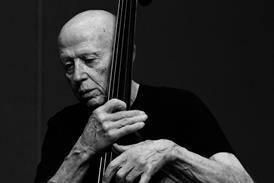
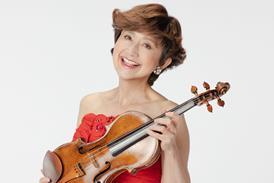
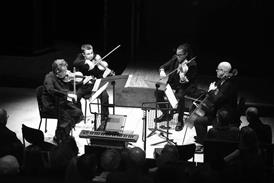
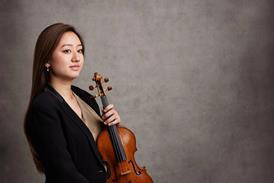
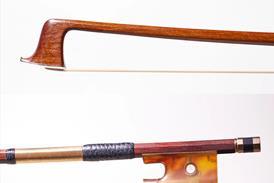
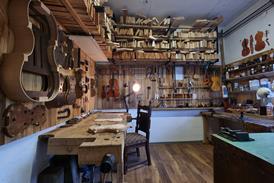
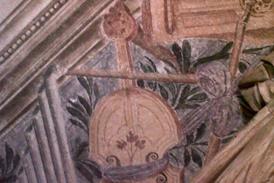

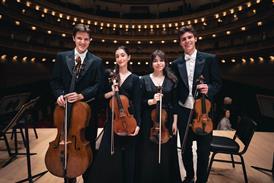

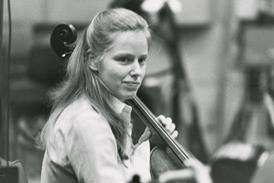

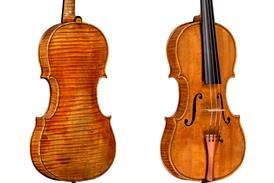
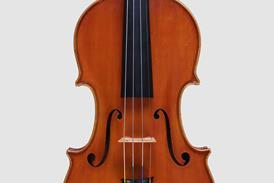
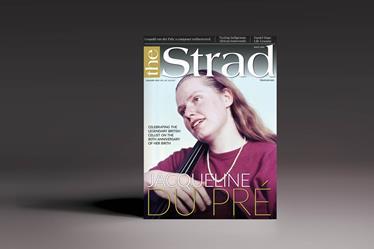

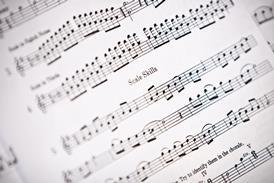
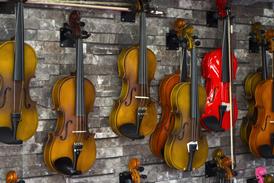

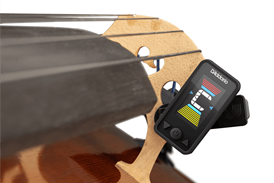
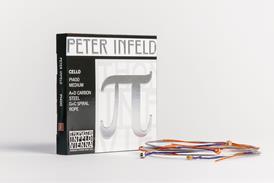













No comments yet